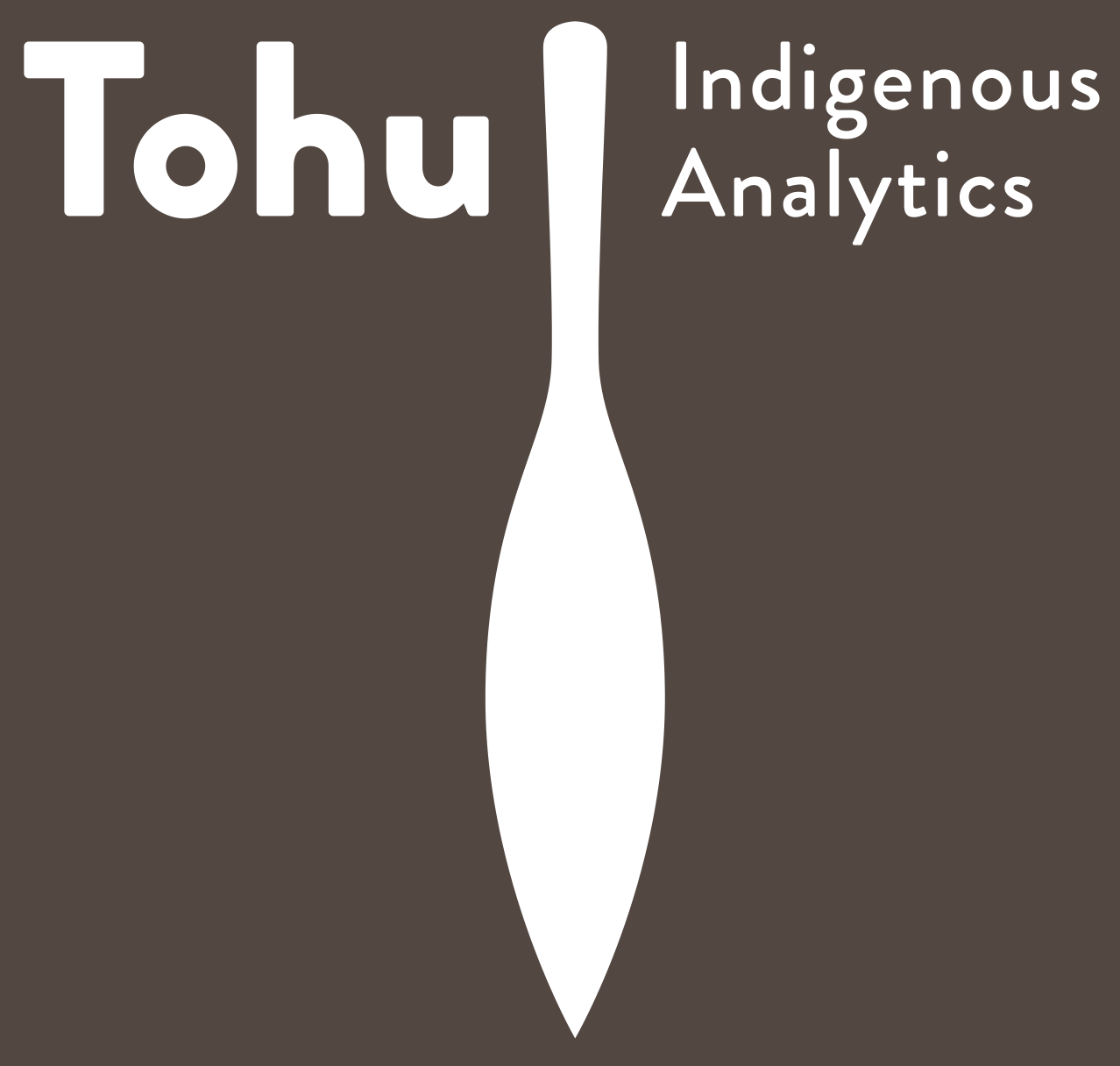why 'tohu'?
‘Tohu’ is much more complex, intricate, and nuanced than just a word, because the context determines its meaning. Used in Māori and other Polynesian languages, Tohu can be a sign, a mark, or an emblem but also an omen, prediction, proof, or prophecy.
Tohu is both a noun and a verb; both cultural and spiritual.
Tohu can also mean to guide, direct, and instruct, but also to preserve and conserve, values further reinforcing why we chose it.
For us, Tohu is both a process and an outcome. We want to have the many concepts of Tohu inspire our work, so we are able to navigate the complexities of the world.
Further exploring the symbology of our name and identity, Tohu Indigenous Analytics (TIA) forms another Māori notion that guides our principles. ‘Tia’ means to steer, to adorn, or to take a vigorous stroke.
The wooden oar is a symbol that represents forces, movements, mobility, subsistence, relationships, and spirituality.
For many Indigenous peoples, especially those living near rivers and seas, the wooden paddle is an artifact of great importance that goes far beyond its practical function.
It represents a deep connection with nature, culture, and history, playing essential roles in subsistence, spirituality, and cultural identity. It is also versatile; it can be used as a weapon, or a tool to dig, plow, and sow. The sharp end of the paddle is even used to bury into sandbanks, serving as anchor for the canoes.



